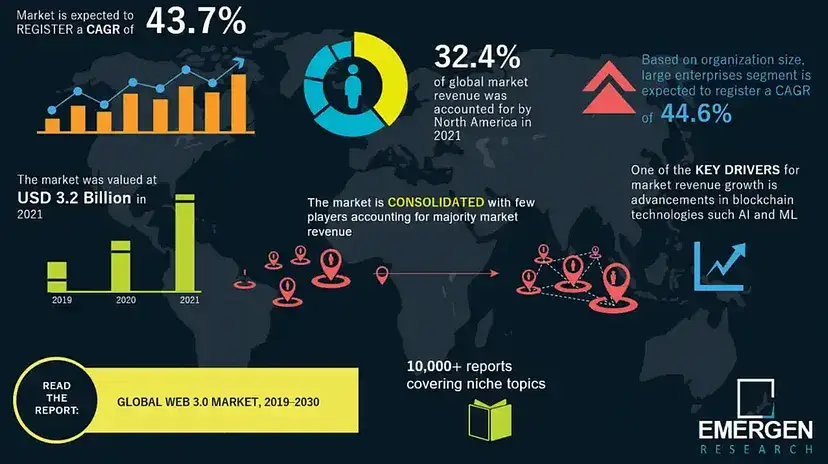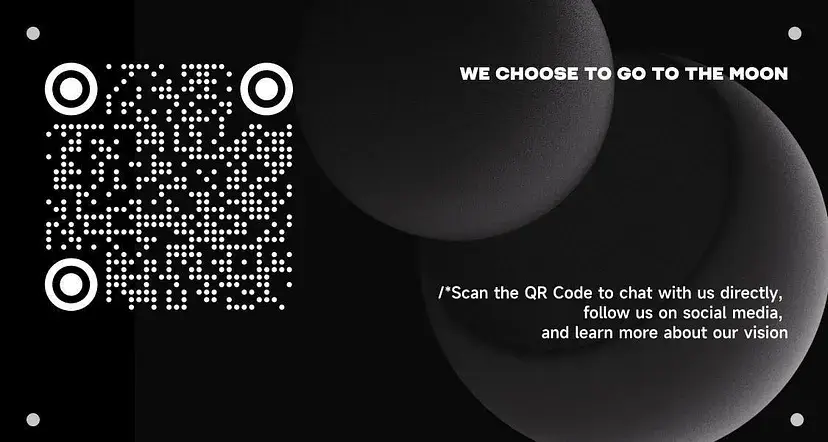Back
Moonshot Mafia #18 | Houston Harpp: Building Simple and Delightful Web3 Products
Fireside Chats
By Moonshot Commons
Aug 1,202323 min read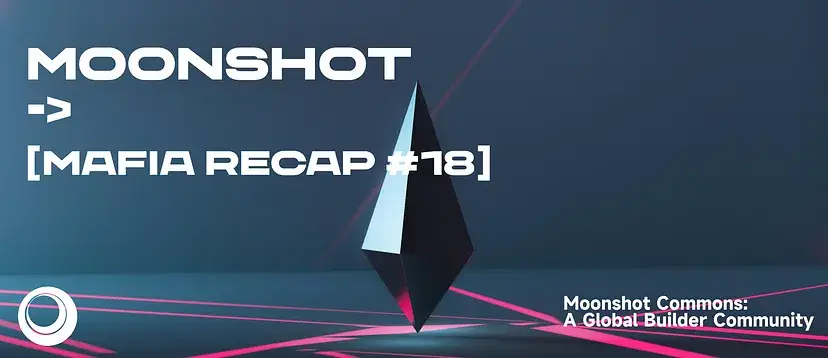
Houston Harpp, Founder of The 021 Company and a product designer with a background in front-end development and 15 years of experience. He supports early-stage startups by building initial MVPs and specializes in interface design for mobile and web-based applications with a focus on empathy, craft, simplicity, and user happiness. Previously, he led the design for Coinbase Wallet helping to make web3 wallets safe, and easy to use for everyone. Before Coinbase, he was head of design at BitPay shaping the future of blockchain payments.
Prior to his experiences with various Web3 projects, Houston worked as an independent designer where he designed products for startups, VCs, agencies, and even enterprises including IBM, CDC, Spark Capital, Turner Broadcasting, and Georgia Institute of Technology.
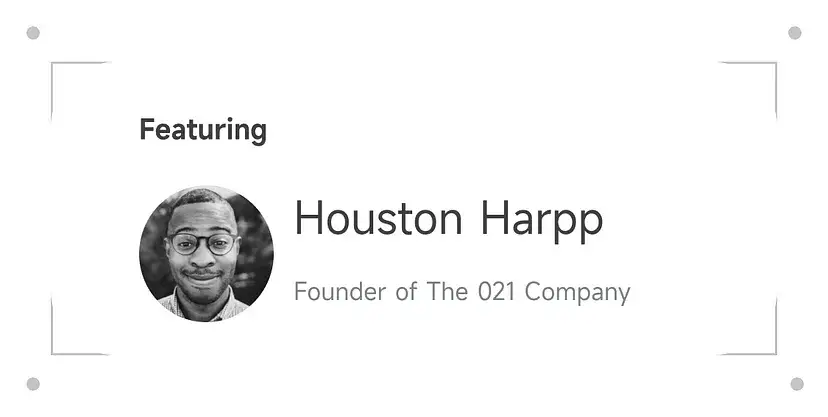
At Moonshot Commons’ Web3 Fireside Chat #18, we invited Houston Harpp, the BitPay and CoinbaseWallet veteran to share his insights about Web3 product design, personal experience with crypto’s ups and downs, and more.
Key Takeaways:
1.When Houston first entered crypto to work on payments in 2015, he got paid all in bitcoins. It was important for him to be a hands-on user of the product he designed as it helped him to learn the intricacies of the user journey and experience.
2.Crypto won’t die. It should have been dead if it was gonna die. As for reaching mass adoption, we’re not quite there yet, but we’ll be there when we have our Web3 iPhone moment.
3.Houston highly recommends self-learning and pursuing as many different paths as possible. He believes that if you learn other things, that is gonna become useful in the things you specialize in later, regardless of how connected these fields appear.
4.A well-designed product has to make sense and be intuitive. It doesn’t have a bunch of explanations behind how it works. For example, when you see a doorknob, you naturally know what to do to open the door.
5.Defining design principles can guide you to craft the experience to be “simple and delightful.” But before optimizing for the user experience, reach product-market-fit first. The growth phase is really when a designer begins to flourish. It might even be a waste of time to focus too much on delightful experiences in the earlier days of a product.
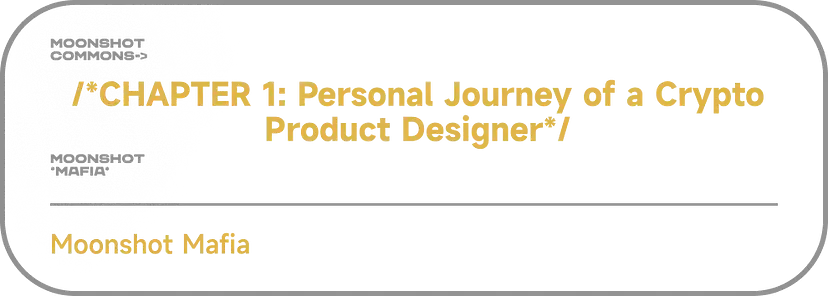
Harry Zhang:
Awesome. Thank you, everyone, so much for coming! We have over 500 people now in the Twitter Space, so great to have you all.
A quick intro before we dive into the conversation. Houston Harpp is the founder of the 021 Company. He is the ex-Product Design Lead at Coinbase Wallet and also the ex-Head of Design at Bitpay. He’s been fully dedicated to Web3 since 2015. A true trailblazer in the crypto space. Houston, it’s great to have you here.
Houston Harpp:
Nice to be here. Thank you for having me.
Harry Zhang:
To start, could you briefly walk us through your experiences in Web3 and product design so far?
Houston Harpp:
I’m gonna go back to around 2009 when I started working in the general tech space, did some work for CDC, and, from there, did some work with IBM as a consultant and also worked in broadcasting for a short period. All of these experiences culminated in my interest in Internet technologies.
I was able to work with an agency in 2014 that allowed me to work on some projects for startups that were popping up in the New York City area. And that’s where I began to learn — oh, this is a thing; this is how companies are created.
From there, I was able to work on a lot of different projects. Some of them didn’t make it, but I learned about crypto around that time. That’s when I began to search for different companies in the crypto financial tech space and landed on BitPay because it was local. It’s nearby where I was based, in Atlanta.
A friend of mine reached out to me and asked, “Hey, do you wanna work on the future of commerce?” And I was like, “Yeah, sounds amazing, how do I get started?”
This was like 20…14?. I said, yeah, let’s do it. I interviewed and eventually made it all the way to the final round. Then they said, wait, we’re gonna pause for a second. We got some things we gotta work out. So, I didn’t end up eventually joining till the summer of 2015.
That’s when I joined BitPay, which was a payment processor for Bitcoin at the time. I had no idea about what Bitcoin was. I mean, I knew a little bit, but I didn’t know how it really worked. I had no idea about FinTech; I didn’t know about banking. All of those things were pretty new to me, so it was a learning experience.
The very first thing I worked on was a wallet, the copay wallet, which was an open-source wallet. From there, a bunch of other payment tools, such as invoices and cards. I think BitPay was the first company to issue a crypto debit card. I was there from 2015 to 2021.
From there, I moved on to Coinbase, where I was able to lead the Coinbase wallet extension product. That was the first product, zero to one product, for Coinbase. The Coinbase wallet extension was the precursor to the redesign of the mobile wallet. I also did some security work on the wallet shortly after that. After that, here I am today.
Harry Zhang:
Incredible. That’s a great journey to have for anyone in crypto, from first getting exposure to it and eventually diving all in.
I wanted to zoom into that process where you decided to go all in. The board Crypto ecosystem was still in its infancy back then, but you were paid fully in crypto since 2015, right? What gave you that conviction, and what made you decide to go all in so early?
Houston Harpp:
Yeah, well, it’s funny because I really did not know how to get Bitcoin at that time. So yeah, I was super new, and I just needed to learn how to get this stuff so I could start using it already. I thought it was super important to be a user of the product and software that I worked on — that was the first reason.
The second reason was that the price was actually pretty low at the time, even though I thought it was pretty high. Now looking back, it was pretty low. I think it was around $200 or something like that. I thought, well if anything fails, I mean, it’s not that big of an investment, so why not? And so, I think having those two things in mind and having a little bit of risk was worth it.
It also helped me to learn how to use it for more than just investing. For the products that I worked on, I needed to actually learn the intricacies of the transactions and things like that. I needed something to play with.

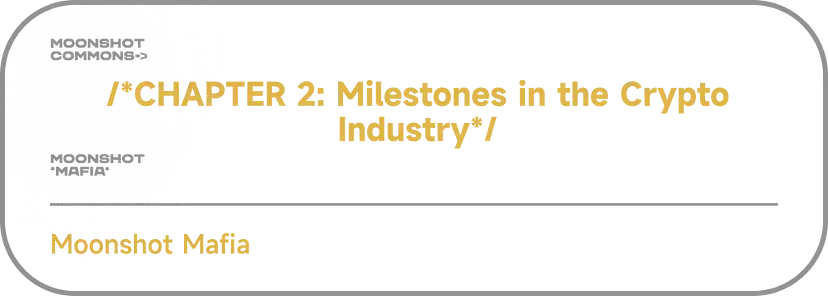
Harry Zhang:
From your point of view, how has the industry really evolved from 2014 to 2023? What would you consider to be the major milestones or shifts you observed during your time in the industry?
Houston Harpp:
There’s been a lot of improvements. In the earlier days, things were very primitive, just like how everything when it first started.
Blockchains were not fast. Well, they were fast for the number of users that were using it at the time. But as more people began to adopt and use blockchains, the scaling problem became very real. That caused some speed and efficiency issues. So, you saw, over time, different blockchains come to the surface to solve unique problems that Bitcoin just wasn’t able to solve on its own, such as speed, efficiency, privacy, and all of those fundamental things. I observed a lot of blockchains specialize in those things over time. Every year, there’s this new influx of users with different levels of expectations coming from Web2.
You have your investors; you have your early adopters; you have some that are exploring. Then you have younger people who are just kind of understanding this for the first time and not really having the same issues as someone who’s maybe been around in the financial system for decades, and they’re having a hard time understanding how this works.
Seeing all these changes through the blockchain and different waves of people, there’s always this new expectation that people have every year of that thing to be better than it was when they first started. So far, it’s gotten significantly better since I started.
Blockchains are faster; they’re more specialized. There are more tokens than ever, and I think there are more use cases being discovered throughout space and are being explored. I think there’s still a lot of building to be done, but at least it’s being explored pretty well.
Harry Zhang:
Absolutely. Following up on that, I was talking to some friends who entered the space in the last bull run. This is their first bear market. You have gone through a couple of these ups and downs, namely in 2015, 2017, and 2021.
I would love to get your thoughts on the current bear market. How would you compare this one to the previous ones you’ve been through? What’s the general sentiment? Some people say the industry might be “dead” amid all the craziness that’s been happening in the US and beyond. What’s your take?
Houston Harpp:
Yeah. Well, I think that there are some macroeconomic elements to this that are out of the control of Web3, and I think that may be one of the biggest influences on this current bear market.
It does feel very similar to the previous ones because there’s always this hype error and then, again, the influx of new users. And then there’s always this crash piece of the story where something happens like some exchange gets hacked or some huge vulnerability or security fraud.
And that starts to shift the perception and make some people say wait, this isn’t really a fully ready technology. I don’t know how I feel about this. I’m gonna pause my investments for now. Now, we’re pretty much seeing this, just a little bit on a larger scale because people are pausing their investments and a lot of things in general.
So, perhaps when things improve on the macroeconomic level, we’ll see the Web3 space naturally and organically get back to the levels of interest that it was prior to 2022. That’s what I personally think. Of course, I mean, only time will tell, but I think that there’s a lot of building to do. Of course, it’s like any other technology. When the next version is ready, and people are ready, and the interest is there, people are gonna really love and begin to use a lot of the newer changes that have been made over the last year.
Harry Zhang:
I completely agree. I feel now everybody is hyper-focused on the industry. Is it gonna die? Is it gonna be 50x in the next two or three years?
My two cents is that we’re reaching closer to that relatively more stabilized stage where the industry has its own place in the overall emerging technology circle. What’s your comment on the people with the viewpoint that crypto is gonna die?
Houston Harpp:
It should have been dead if it was gonna die. Talk about the resilience that this tech has had over the last almost decade now. The reason why this is around and has been around just like many other forms of technology. I always think about the personal computer when I think of any technology because the personal computer has had several decades of ideation and improvement, and there’s always been interest throughout the entire time. And it only got better over the years. And here we are today from the first piece of block that people brought into their homes to now, like a mobile device. I feel like the internet is going through a similar evolution of changes. We’re not quite there yet, but we’ll be there when we have our iPhone moment for the internet and Web3.
Harry Zhang:
Absolutely. We’ll talk more about that iPhone moment for Web3 soon, so hold that thought. For now, let’s shift gears a little bit to more of Houston’s personal side, or the background of what led you to specialize in design and product design for Web3 applications.
I’ve known you for a minute, but I always wanted to hear the backstory there, like how you approach designing for these applications, particularly in terms of safety, security, and simple and delightful user experience for Web3 products.
Houston Harpp:
Well, I always enjoy working on new tech, and I’m always looking for an efficient way to do common things better. If you think in history, back to Glutenburg Press, that was a huge invention to make printing possible, or like the telephone for communication. Those were opportunities to really design an even better experience than the original. And so, that was kind of my mindset seeing blockchain applications.
Jumping into the space around 2015, there were not a lot of well-designed products. There were partially designed, mostly just kind of hacked together products that engineers kind of thought of, and you can tell because when you try to use it, it was just like you had to be a scientist to use this stuff.
So my intuition was, okay, this is an opportunity to simplify things. And that’s one of the things that I pride myself on. It’s taking complex things and making them more simple. And so that’s my approach.
My approach is taking it apart, understanding fully how it works, and then finding the opportunities to bridge the everyday user who uses things. Let’s take, for example, checking out at a point of sale. You go to a grocery store; everyone’s using a point of sale at some point. How does that experience work for people? Well, obviously, it works. No one complains too much about the payment experience. So how do we take that and bring it to the internet in a way that’s familiar, in a way that’s better and more efficient?
And that’s the cool thing about software. It’s that you can iterate and improve things over time. And so, eventually, you’re gonna run into things like, okay, is this safe? Is this private? Is this secure? Is this easy? And so those are the things that you optimize for over time. It starts off like a clunky experience, and then it gets better.
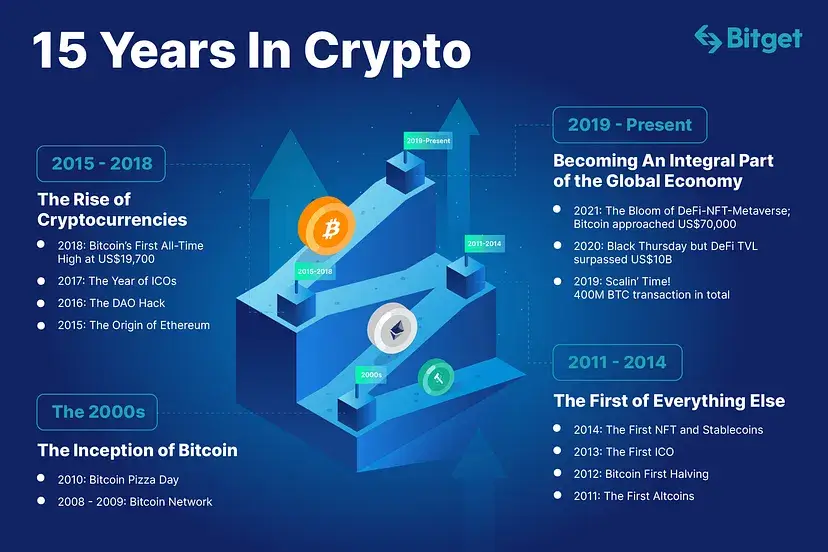
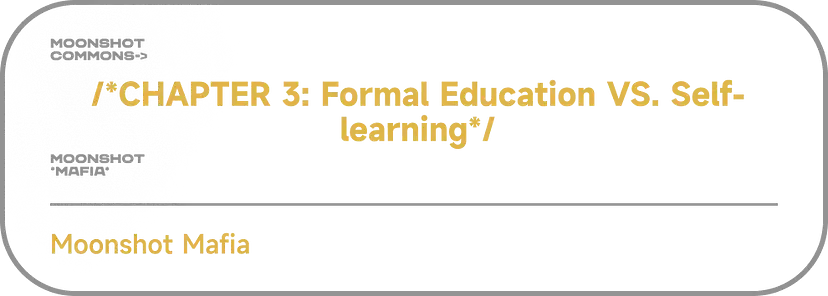
Harry Zhang:
Diving deeper into your previous background, I know from our previous conversations that you actually have done a ton of self-learning beyond formal education, like at Free Code Camp.
How would you say these learnings translate to your current success, and what advice do you have for someone aspiring to enter a new field? What are the pros and cons of formal education versus self-learning? Do you have any suggestions for people like them?
Houston Harpp:
Formal education is really just to give you the fundamental understanding of the thing that you wanna learn about, but I think it’s really up to the individual to continue learning and discover new things and new possibilities. And a lot of times with technology, you’re gonna find that the most cutting edge tech is not where you’re gonna be formally educated on in universities. But you can learn those things. You just have to go into the trial-and-error mode, or you just may have to read a bunch of books, or you may have to talk to a lot of people, or you may have to use some of these newer tools out here that are available for you to learn.
And for me, Free Code Camp was one of the many tools that I used to learn how to code. I did teach myself how to code. That wasn’t something that I was learning in school. Just like most people in college, your mind is everywhere, right? You wanna learn this, you wanna learn that. You only have so much time, and you gotta finish something, but that doesn’t mean you can’t learn other things.
You can be specialized in one thing, but you can continue learning many other things. So I love self-learning, and I think having a lot of variety and the things that you teach yourself will give you the ultimate flexibility whenever you do become specialized in one thing.
There’s a book that I really like called Range by David Epstein, and he talks about how specialization isn’t really the only path to success. He highlights the advantages of being really well-rounded as an individual, and he gives an example of Roger Federer, you know, the tennis player.
Harry Zhang:
Yep, my favorite tennis player of all time.
Houston Harpp:
Oh, cool! Yeah, I mean, he’s amazing, right, at tennis? But as a kid, you would think he played tennis his whole entire life, well, he actually played a lot of different sports. He played squash; he was into skiing, wrestling and skateboarding, basketball, and badminton, and then he landed on tennis. And so, I’m pretty sure all of those experiences kind of helped him in his hand-eye coordination and overall athleticism.
I view learning the same way. If you learn other things at some point, that is gonna become useful in the things you specialize in later. So I highly recommend self-learning and pursuing as many different paths as possible, but also just find the thing that works for you.
Some people like reading books, and that works. Go for it. Some people like visual learning, and they’ll prefer talks or conferences or interactive experiences, or even video. So yeah, find a thing that works for you and just keep learning.
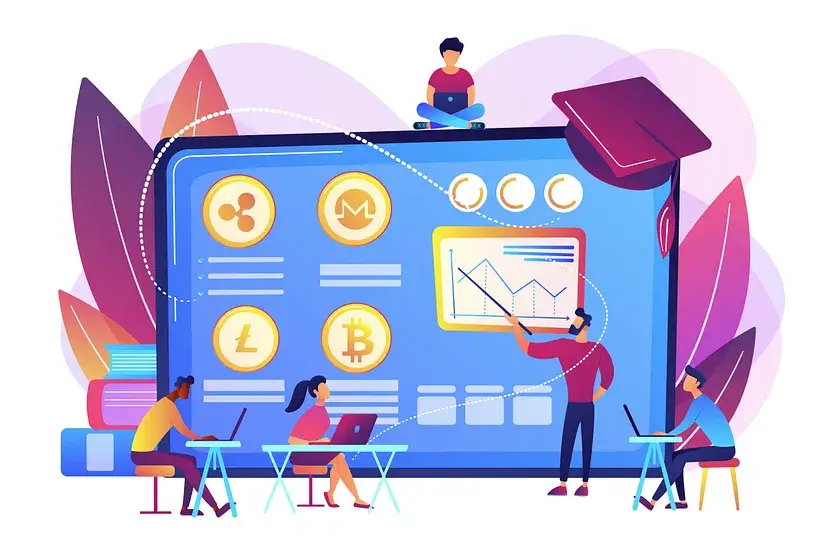
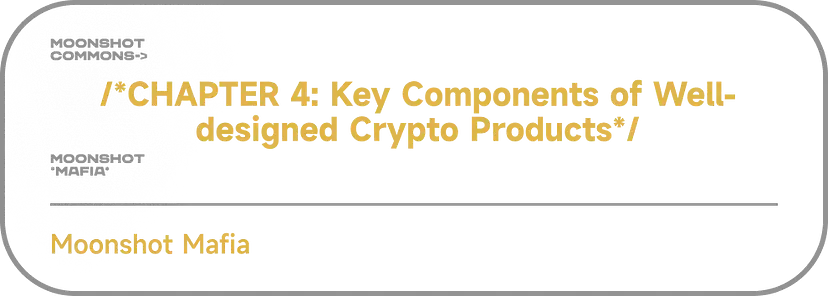
Harry Zhang:
What is the significance of design in the crypto industry? How does it impact the overall user adoption of blockchain applications and products?
Houston Harpp:
Well, it’s huge, right? Design is considering the experience that people will ultimately have using the products, the very products that leverage the technology of blockchain, and if that isn’t thought about, then it is going to ultimately land in a very complicated and technical experience, which may work for a niche group of people, like engineers, but even that has its limits. Because engineers will say this sucks. I wanna make this better. And sometimes I’ll hear that from coworkers and like, how do I improve? How do we make this a little bit easier for users? And it is always interesting for me to hear that question because it’s usually before the user has spoken about it being an issue.
So that’s where design comes in and really is like the liaison between the people and the engineering and really tries to make it work for people because what is being built is a solution to a problem. But we can’t create a solution to a problem if people can’t use it that well.
But it goes much further than that. Design is obviously solving the problem and a more user-centric way, but it’s also delighting people to use that because no experience is going to make people switch from using the previous version unless it’s ten times better. Design provides the opportunity to create something that’s ten times better than the alternative.
If that can be done, obviously you’ve not only solved the problem, but you’ve created a better overall experience.
Harry Zhang:
Agreed. I think design is so critical to any type of product, but especially for crypto when the industry is emerging, and we want to one day reach that mass adoption stage. So, I was curious, Houston, in your opinion, what would you say are the key characteristics of a well-designed product?
Houston Harpp:
It has to make sense and has to be intuitive. When you think of intuitive products, you don’t have to have a bunch of explanations behind how it works. It’s one of those things like a doorknob, which you naturally know what to do to open the door.
So everything, all digital products, and digital experiences, should be intuitive. So that has its place for sure in Web3. Personally, I enjoy making things minimal. I love minimal experiences because less is best, right? And if you have all of this stuff, it’s kind of overwhelming. And that, to me, can lead to frustration, and if you’re trying to do something really quickly, usually the more minimal experiences are the ones where you have the less friction. I think having a minimally designed product is a great characteristic.
And then lastly, I would say, taking small measures or large measures to make users happy. Making things delightful so that people feel good about what they use and the fact that they use it. I’m sure if you like to drink coffee or if you like to make tea, there’s a design of a coffee cup or coffee maker, or tea maker that you particularly enjoy via the handle or the button. That part has a lot to do with the delight of the experience. Clearly, you could just put hot water in a can and heat it up. But maybe that’s not the delightful experience you’re looking for. Maybe you’re looking for something that’s like… I don’t know. That’s the part that, as a designer, is my job to figure out — what delights users and how do I key in on that experience for any given product.
Harry Zhang:
Well said. Shifting to your product — the one where you experienced the zero-to-one process, Coinbase Wallet.
Coinbase Wallet is really known for its user-friendly interface. How did you ensure it while leading the product design aspect? Ensure that it catered to both beginners who are less familiar with the wallet as a concept in general and broadly speaking, Web3, and also more experienced users who probably have multiple wallets installed for various ecosystems.
Houston Harpp:
I think it all starts with principles and creating principles that can guide you to craft the experience to be user-friendly.
Coinbase is really well known for prioritizing that in every experience. We, at Coinbase, wanted to have the preeminent design function inside of the space and wanted to be leaders in designing the best experiences. That all came from defining principles that will get you there. I will say that even going into Coinbase, that was already well-defined and well-structured. So, I think it’s very important for companies to really think about their principles for how they want their product experiences to work for people and come up with a strategy for how they’re gonna ensure that it’s always gonna be user-friendly no matter what. Simple principles such as just making sure that it is clear, making sure that all things are always gonna be clear and transparent when explaining all the details of the transaction.
For instance, simple details like that can be grouped into a principle. Coinbase had the principles already defined, so it’s just really a matter of tapping into that and bridging the gap to make sure that users were able to benefit from the clarity, control, and guardrails of an experience.
Harry Zhang:
What are some examples of the common practices that you have done, that you attempted to kind of optimize user experience?
Because I feel that’s a real challenge for a lot of founders in the community. They have a great idea, and they’re executing fine, but maybe their user experience aspect is lacking, so it’s difficult for people to actually adopt it.
What are some common practices that when you are at Coinbase and also BitPay that you adopt to continue refining that process, going through that cycle of continuous improvement, and eventually land on a version that the mass is happy with?
Houston Harpp:
I’ll go back to BitPay because that’s where I really began to appreciate privacy and security a lot. Privacy and security are one of the fundamental premises on which this whole space was built on. And so it would be kind of crazy to get away from that, right? A technology can easily pivot away from its founding principles. And so that was something that was really stressed at BitPay.
It should be factored into every single experience. Like how do we maintain privacy here? How do we maintain that this is secure and that users trust this experience? One feature I can think of — a Coinbase wallet was just simply transacting and making sure that the user knows that the DApp that they’re transacting with is, in fact, the one that they think it is. Highlighting the details, such as the URL of the DApp, and making sure that if something looks weird about that URL, we show the user so that they’re not blindsided when they make a transaction and it’s irreversible. And so those are the things that take empathy to think about ahead of time.
If you don’t have principles designed to make sure you’re always considering the privacy and security of every feature, you might miss that kind of detail or something as simple as transaction simulation. When you are transacting something, you need to know what you’re losing and possibly what you’re gaining instead of just signing a transaction.
We know that, like in Ethereum, you’re requested to sign a lot of things. But what are you signing and what are you losing as a result, and what are you gaining? Visualizing those things ahead of time and knowing that the user cannot reverse this transaction is, to me, a must.
And one more example — in BitPay Wallet, we designed the confirmation screen, a slide to pay. And this was to prevent inadvertently hitting the pay button when you may not have considered all the details. You could send like 10 Bitcoins by accident. No one wants to do that, but the slide to pay enabled users to be able to take the intention on every transaction so that they didn’t do it by mistake.
Harry Zhang:
One more follow-up on that, what would you say are key design considerations or challenges that you faced while developing the interface and the overall app for BitPay and Coinbase Wallet with the goal of simplifying the complexities of using blockchain applications for people who are new to this space? And also, balancing that with the philosophies of decentralization, privacy, security, etc.
Houston Harpp:
Yeah, so I have to key in on the onboarding experience of how the wallet works. We spent so much time considering the fact that people today when they sign up for a new bank account, realize immediately that they don’t have custody. They have access, but they don’t have custody. The bank has custody of their money. So, we wanted to really educate in the very beginning that, hey, this is a different experience, and you’re gonna take your own control of your money. We wanted to educate the users on how that worked by way of a private key and why that’s so important to keep secure and to back it up and make sure you have recovery access to it.
I think educating users on that experience is a whole new aha moment. Where you’re discovering something new for the first time, so you’re not expecting it to be fully like the thing that you’re used to, but you’re taking pieces of the experience that they’re used to and applying it, but you’re ultimately changing it. And so that was a really tough experience to get right because, in the earlier days, you can imagine so many people had the expectation that BitPay was the custodian of their assets, and that just simply was not true. So, you had to be very clear in the beginning. Same with all wallets — all wallets have to do that. Obviously, things are changing now with MPC and social recovery and things like that, but that’s really what this is all about. It’s about taking control and you having control over your own private key and being able to access and unlock things.
That’s what this whole Web3 is about, in my opinion. And so yeah, those were the key experiences that really made me feel that we had to make careful design considerations and make sure we educate people that this works differently.
Harry Zhang:
That makes a ton of sense. We centered a lot of our conversations around spending time thinking through the product logic, the user experience, experimenting, discovering users by talking to them and having them try things out, and keeping the visions in mind.
On the other hand, there is a start-up culture that says you want to just get the ideas out there. Build, launch, iterate, and repeat.
I want to get your take on the design process for people that really want to build a revolutionary, killer app in the Web3 space with the vision of eventually onboarding the mass to Web3.
What’s your overall recommendation in terms of product design? Should they follow that continued release idea, or should they really spend a lot of time focusing on a key aspect, let’s say, of their product or making sure it aligns with the Web3 visions? Or is it like the simple and delightful experience you have been stressing throughout this talk? What are your top recommendations and general take?
Houston Harpp:
Great question because it really depends on the stage of the company. Why do I say this? Because if you’re in your ideation, product-market fit, discovery stage, obviously when you’re creating your MVP, you want to focus on just pure functionality. And you wanna prioritize listening to your users and creating that community so that you can get that feedback pretty quickly. That’s not the time when you focus on animations and super delightful Apple-like experiences. You’re in the early days, and you’re trying to understand what are the things that actually work for people.
It’s gonna be a completely clunky experience, and that’s okay. When you get into your more development stage or, I call it, development stage, where you’re working on your product, and you’re just constantly getting feedback. That’s the time when you wanna prioritize making sure the experience has all of the principles that you plan for it to include — privacy, security, simplicity, those type of things.
So, you want to iterate pretty quickly. But the trade-off is that you don’t make the best experience. You sacrifice the best experience for learning, and that’s where you’re gonna get the most benefit from — quick iterations.
In the growth phase of a company, when you’ve adapted, you’ve established some good product-market fit. You’re learning. You’ve got a good handle on what your users need and want. That’s when you begin to optimize your experience to be even better so that you’re not being caught behind by the competition.
You always wanna optimize for how do you make this ten times better than the alternative. And so, becoming laser-focused at that point and thinking about all of the different delightful things you can include in your experience is gonna push you light years beyond whatever competitors can do to keep up.
And so, the growth phase is really the time when a designer really begins to flourish and open up really great visuals into the product. But before then, it’s very early. It might even be a waste of time in some instances to focus too much on delightful experiences in the earlier days of a product.
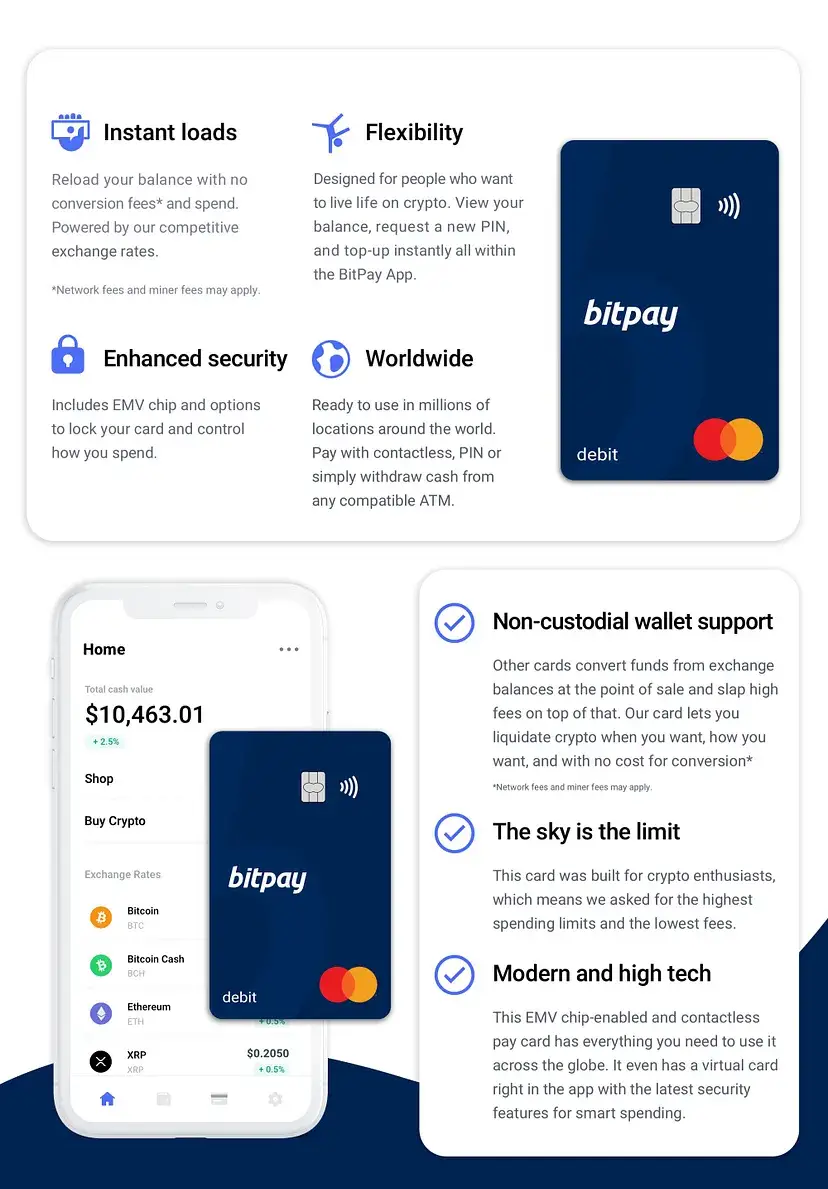

Harry Zhang:
Awesome! Well, let’s wrap this up with one last question. Looking into the future, how do you envision Web3 and the role of design in shaping its trajectory? Are there any emerging trends and technologies within crypto that excite you as a crypto veteran, trailblazer, and also designer in this space?
In short, what are you bullish on?
Houston Harpp:
Yeah, there are a few things. Obviously, AI is recent, and maybe I shouldn’t say it’s recent, but it’s recently trending. So, thinking about how to leverage that in blockchain applications. It is an interesting thing to imagine and think about. It’s really exciting to think about that. Not so much as a designer, but just overall. Obviously, there’re gonna be problems, things to solve, and things to think about.
Another area is Web3 messaging. That was something that’s been talked about a lot. It’s an alternative to email and leveraging blockchains for messaging because there are so many different messaging tools, WhatsApp, telegram, signal, Apple Messages, SMS, I mean, you name it. If there is a way to unify that and leverage blockchain to do it so that it’s private and secure, I think that is a huge opportunity as a designer to really flesh out an experience that works for people.
Besides these, I’m still excited about payments. This is still a use case that’s sitting out there that hasn’t fully been utilized yet, but there’s still so much to learn about how people pay for things on the internet and how to make that super easy so that it’s seamless and works for people.
Harry Zhang:
Cheers to that!
